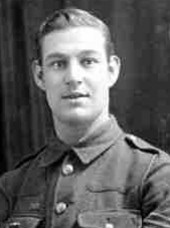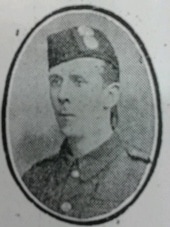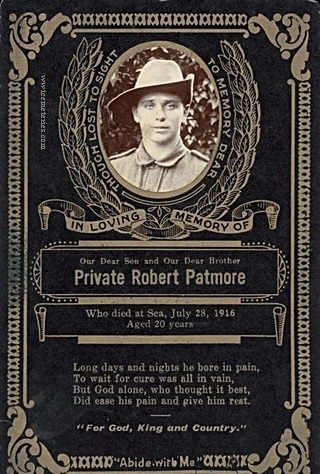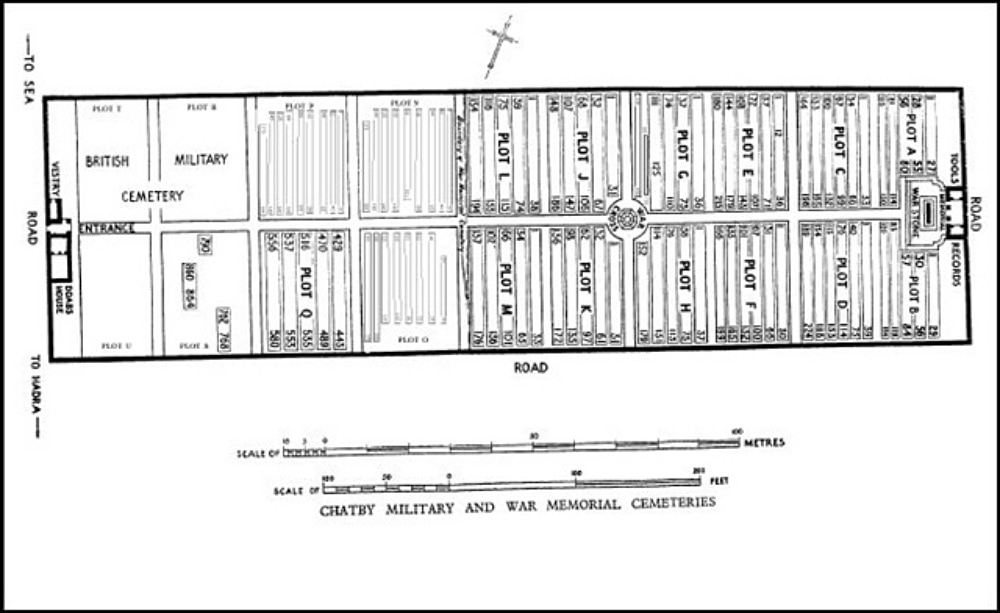CHATBY MEMORIAL
Alexandria
Egypt
Location Information
Chatby is a district on the eastern side of the city of Alexandria, between the main dual carriageway to Aboukir, known as Al Horaya, and the sea.
The Chatby Memorial is situated within Chatby War Memorial Cemetery which is located centrally within the main Alexandria cemetery complex. It is bordered by Al Horaya on the south and the electric tramway, which is parallel with Sharia Champollion, on the north. Visitors can reach the entrance to the cemetery along the road Sharia Anubis, which lies centrally north/south through the cemetery area.
Visiting Information
Chatby War Memorial Cemetery is open Saturday to Thursday 07.00 to 14.30.
Historical Information
In March 1915, the base of the Mediterranean Expeditionary Force was transferred to Alexandria from Mudros and the city became a camp and hospital centre for Commonwealth and French troops. Among the medical units established there were the 17th, 19th, 21st, 78th and 87th General Hospitals and No 5 Indian Hospital. After the Gallipoli campaign of 1915, Alexandria remained an important hospital centre during later operations in Egypt and Palestine and the port was much used by hospital ships and troop transports bringing reinforcements and carrying the sick and wounded out of the theatres of war.
The Chatby Memorial stands at the eastern end of the Alexandria (Chatby) War Memorial Cemetery and commemorates almost 1,000 Commonwealth servicemen who died during the First World War and have no other grave but the sea. Many of them were lost when hospital ships or transports were sunk in the Mediterranean, sailing to or from Alexandria. Others died of wounds or sickness while aboard such vessels and were buried at sea.
More than 700 of those commemorated on the memorial died when the following vessels were topedoed or mined. Officers and men of the merchant services lost in these incidents are commemorated on appropriate memorials elsewhere:
SS "Persia" - a defensively armed passenger vessel out of Tilbury, for Port Said, Aden and Bombay, torpedoed and sunk 30 December 1915 off Crete, with the loss of 334 lives. Among the dead were 21 officers and one NCO of the United Kingdom and Indian forces.
HT "Cameronia" - carrying reinforcements for Mesopotamia, torpedoed and sunk on 15 April 1917 east of Malta, with the loss of 127 officers and men of the Commonwealth forces.
HT "Cameronian" - torpedoed and sunk north of Alexandria 2 June 1917, with the loss of 49 officers and men of the Commonwealth forces.
HT "Aragon" - torpedoed and sunk 30 December 1917, entering the port of Alexandria, with the loss of 380 officers and men of the Commonwealth forces.
HT "Osmanieh" - struck by a mine 31 December 1917, entering the port of Alexandria, with the loss of 76 officers and men of the Commonwealth forces.
HT "Leasowe Castle" - torpedoed and sunk 27 May 1918, off Alexandria, with the loss of 83 officers and men of the Commonwealth forces.
The cemetery in which the memorial stands contains burials of both wars, war graves of other nationalities, and a large number of non war and military graves, some of which date from 1882.
Chatby is a district on the eastern side of the city of Alexandria, between the main dual carriageway to Aboukir, known as Al Horaya, and the sea.
The Chatby Memorial is situated within Chatby War Memorial Cemetery which is located centrally within the main Alexandria cemetery complex. It is bordered by Al Horaya on the south and the electric tramway, which is parallel with Sharia Champollion, on the north. Visitors can reach the entrance to the cemetery along the road Sharia Anubis, which lies centrally north/south through the cemetery area.
Visiting Information
Chatby War Memorial Cemetery is open Saturday to Thursday 07.00 to 14.30.
Historical Information
In March 1915, the base of the Mediterranean Expeditionary Force was transferred to Alexandria from Mudros and the city became a camp and hospital centre for Commonwealth and French troops. Among the medical units established there were the 17th, 19th, 21st, 78th and 87th General Hospitals and No 5 Indian Hospital. After the Gallipoli campaign of 1915, Alexandria remained an important hospital centre during later operations in Egypt and Palestine and the port was much used by hospital ships and troop transports bringing reinforcements and carrying the sick and wounded out of the theatres of war.
The Chatby Memorial stands at the eastern end of the Alexandria (Chatby) War Memorial Cemetery and commemorates almost 1,000 Commonwealth servicemen who died during the First World War and have no other grave but the sea. Many of them were lost when hospital ships or transports were sunk in the Mediterranean, sailing to or from Alexandria. Others died of wounds or sickness while aboard such vessels and were buried at sea.
More than 700 of those commemorated on the memorial died when the following vessels were topedoed or mined. Officers and men of the merchant services lost in these incidents are commemorated on appropriate memorials elsewhere:
SS "Persia" - a defensively armed passenger vessel out of Tilbury, for Port Said, Aden and Bombay, torpedoed and sunk 30 December 1915 off Crete, with the loss of 334 lives. Among the dead were 21 officers and one NCO of the United Kingdom and Indian forces.
HT "Cameronia" - carrying reinforcements for Mesopotamia, torpedoed and sunk on 15 April 1917 east of Malta, with the loss of 127 officers and men of the Commonwealth forces.
HT "Cameronian" - torpedoed and sunk north of Alexandria 2 June 1917, with the loss of 49 officers and men of the Commonwealth forces.
HT "Aragon" - torpedoed and sunk 30 December 1917, entering the port of Alexandria, with the loss of 380 officers and men of the Commonwealth forces.
HT "Osmanieh" - struck by a mine 31 December 1917, entering the port of Alexandria, with the loss of 76 officers and men of the Commonwealth forces.
HT "Leasowe Castle" - torpedoed and sunk 27 May 1918, off Alexandria, with the loss of 83 officers and men of the Commonwealth forces.
The cemetery in which the memorial stands contains burials of both wars, war graves of other nationalities, and a large number of non war and military graves, some of which date from 1882.

720365 Corporal
Charles Fisher
2nd/24th Bn. London Regiment
29th May 1918.
Charles was drowned 29/05/1918 after troop ship Missir, crossing the Mediterranean, was hit by a torpedo fired by German submarine UB51. He is commemorated on the Chatby Memorial within this cemetery.
Picture courtesy of Grandson David Fisher
Charles Fisher
2nd/24th Bn. London Regiment
29th May 1918.
Charles was drowned 29/05/1918 after troop ship Missir, crossing the Mediterranean, was hit by a torpedo fired by German submarine UB51. He is commemorated on the Chatby Memorial within this cemetery.
Picture courtesy of Grandson David Fisher

S/20045 Private
William Buntin Henderson
2nd Bn. Black Watch (Royal Highlanders)
15th April 1917, aged 27.
Son of Mr.& Mrs. John Henderson , 7 Forest Park Road, Dundee, Scotland. William was among reinforcements for Mesopotamia when the troop ship HT Cameronia was torpedoed and sunk 150 miles East of Malta.
Picture courtesy of Frederick Connor, great great nephew to William
William Buntin Henderson
2nd Bn. Black Watch (Royal Highlanders)
15th April 1917, aged 27.
Son of Mr.& Mrs. John Henderson , 7 Forest Park Road, Dundee, Scotland. William was among reinforcements for Mesopotamia when the troop ship HT Cameronia was torpedoed and sunk 150 miles East of Malta.
Picture courtesy of Frederick Connor, great great nephew to William








